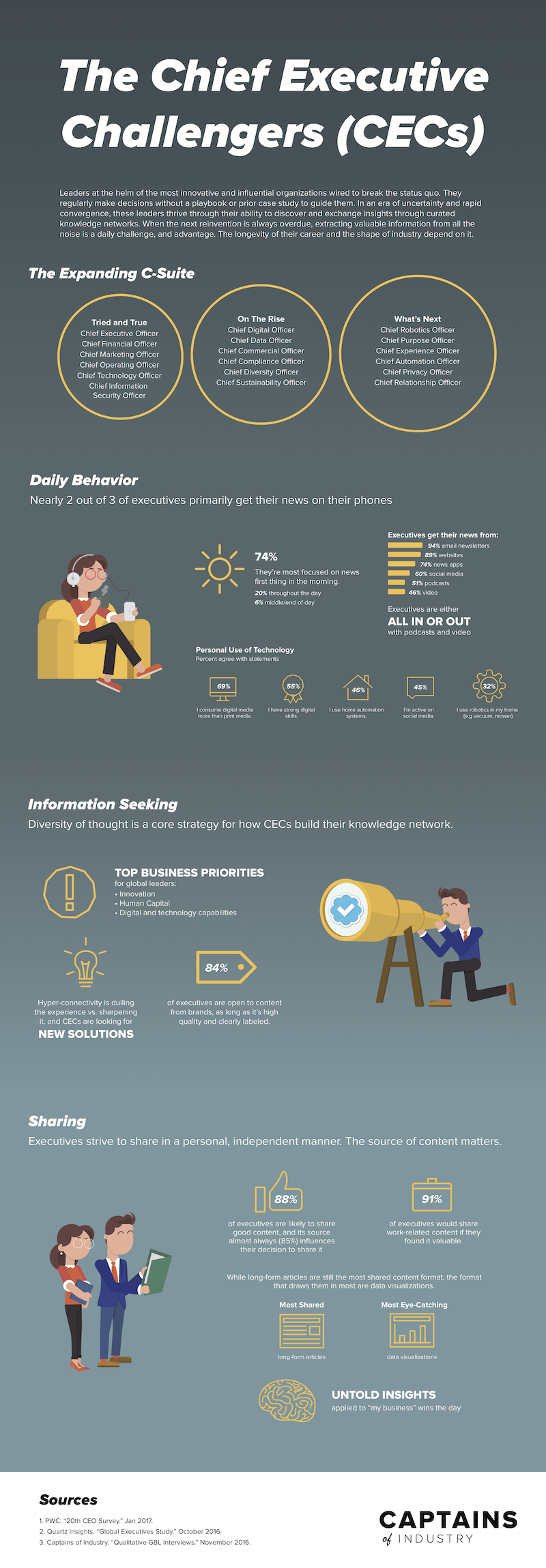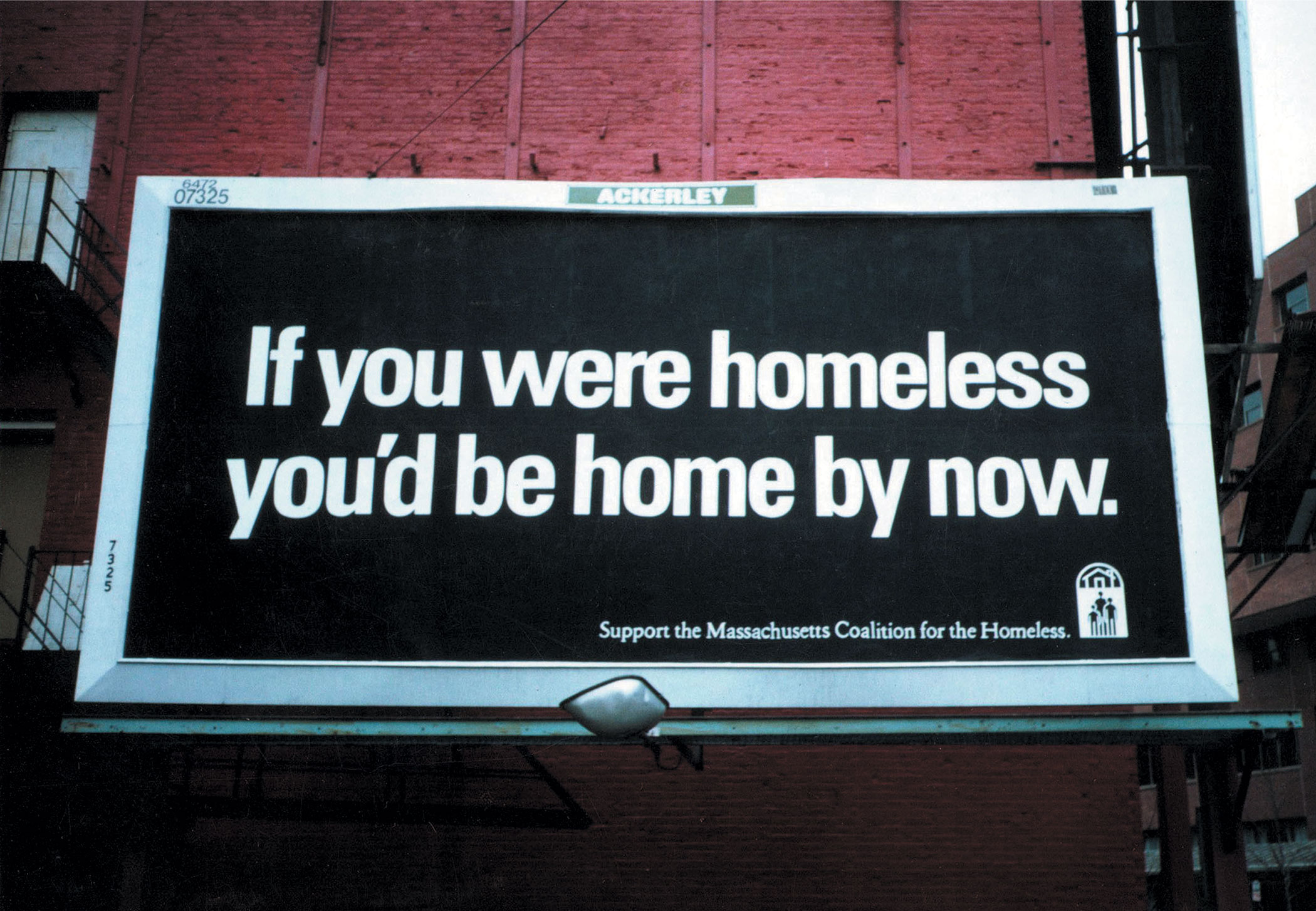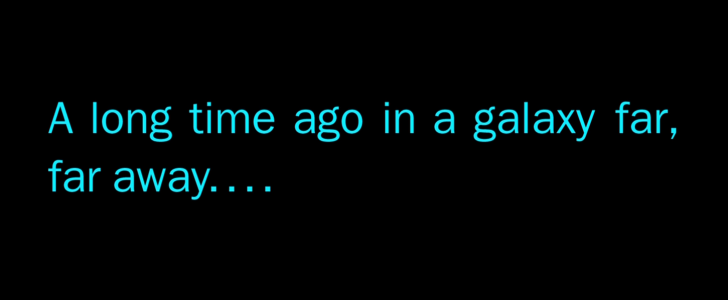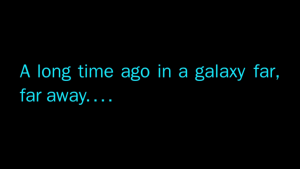(#5. The messaging tips series)
“To strip an idea down to its core, we must be masters of exclusion.”
-Chip Heath and Dan Heath, Made to Stick
Abraham Lincoln’s Gettysburg address is often cited as a great example of brevity that resulted in extraordinary memorability; especially when compared with the speech given by another orator that day, who ran on for hours (I forget his name). Lincoln’s address was two hundred seventy eight words. But what if his speech was boiled down to 10 words or less—the length of most 21st century messages and taglines? This is not an academic exercise. The need for simplicity is central to all great messaging, borne out by research that shows that too much information overloads audiences. I’m not saying that we should do away with longer narratives. There is a place for depth. But in an age when people pay attention in short bursts, if at all, they need a short message that pulls them in. Once they’re with you and paying attention, they’ll be more receptive to hearing your whole story.
Nike says Just Do It. Apple says Think Different. Coke says Open Happiness. None of these brands have the luxury to give a speech to customers. Even relatively brief company names end up being shortened by their customers (Dunkin’s, McD’s).
While most marketers recognize the need for short messages, not everyone understands how to pack a lot of meaning into a few words. The Heath brothers, authors of great books on messaging such as Made to Stick, say that we need to be “masters of exclusion.” That means cutting out anything that doesn’t get right to the core of the message. The core is the heart of it. The thing that is absolutely essential.
As just one example, I had the opportunity to create the brand for a company called Deepwater Wind. They’re an American offshore wind energy developer. At the time we were building their brand, Cape Wind was struggling to gain acceptance for their offshore project (still are, actually). The Captains team saw that the main objection to Cape Wind was from shoreline residents who did not want to look at the wind turbines. What Deepwater Wind brought to the table was offshore wind turbines that could be located far out to sea where they couldn’t be seen by beachfront homeowners. This helped us form the core of the message for the Deepwater Wind brand: that people would not object to their offshore wind projects because they wouldn’t have to look at the turbines. So our umbrella message (in their case, a tagline) became “Clean energy is just over the horizon”. We also designed their logomark so that it didn’t feature a wind turbine. It’s not a coincidence that Deepwater Wind will be the first company to build a wind farm off an American coast.
So, here’s your assignment. Below is the full text for the Gettysburg address. Today, you are Abraham Lincoln’s Director of Communications, and your job is to first write down what the core idea of his speech is. You can start with one sentence, even a long one. When you think you have it right, work on coming up with one short message that has all the meaning of the core message baked in. Remember, I’m not asking you to ditch the Gettysburg address. It’s one of the greatest pieces of writing of all time. But if you only had a few words, what would you say? If you get it right, the Civil War will be won by the Union. If you get it wrong, the Confederacy wins. No pressure.
“Four score and seven years ago our fathers brought forth on this continent, a new nation, conceived in Liberty, and dedicated to the proposition that all men are created equal.
Now we are engaged in a great civil war, testing whether that nation, or any nation so conceived and so dedicated, can long endure. We are met on a great battle-field of that war. We have come to dedicate a portion of that field, as a final resting place for those who here gave their lives that that nation might live. It is altogether fitting and proper that we should do this.
But, in a larger sense, we can not dedicate – we can not consecrate – we can not hallow – this ground. The brave men, living and dead, who struggled here, have consecrated it, far above our poor power to add or detract. The world will little note, nor long remember what we say here, but it can never forget what they did here. It is for us the living, rather, to be dedicated here to the unfinished work which they who fought here have thus far so nobly advanced. It is rather for us to be here dedicated to the great task remaining before us – that from these honored dead we take increased devotion to that cause for which they gave the last full measure of devotion – that we here highly resolve that these dead shall not have died in vain – that this nation, under God, shall have a new birth of freedom – and that government of the people, by the people, for the people, shall not perish from the earth.”
Abraham Lincoln
November 19, 1863
Check out the fourth post in the series: Messaging Tip #4, the Power of Surprise, or Messaging Tip #3.











 Before I can begin to describe how to gain more of a Jedi Voice in your marketing, I have to start at the beginning (a long time ago in a galaxy far far away) by defining what messaging actually is.
Before I can begin to describe how to gain more of a Jedi Voice in your marketing, I have to start at the beginning (a long time ago in a galaxy far far away) by defining what messaging actually is.




![robby[1]](https://captainsofindustry.com/wp-content/uploads/2014/05/robby1-300x227.jpg) So, in my post today, I’m going to break down the Wall Street Journal’s “Moving Targets” sample scenario of online fraud, and provide a content marketing alternative from Captains of Industry.
So, in my post today, I’m going to break down the Wall Street Journal’s “Moving Targets” sample scenario of online fraud, and provide a content marketing alternative from Captains of Industry.